FastRawViewer 2.0: Renaming Files
End of Fall Sale!
All LibRaw Products and Bundles - 25% off
Our Special Prices are valid until December 14, 2025.
How It Works
- To rename files, you can use:
- Context menu (Rename file(s)):
- In Grid view mode
- In Filmstrip
- In Single view mode
- In secondary windows (in Multi-window mode)
- The context menu acts:
- On the group of selected files in Grid/Filmstrip, when the menu is called up for a file within the group of selected files
- On one file in all other cases.
- Menu – File – Rename File(s) or the shortcut Shift-F2
- If the setting “Single File keys works for multiple files too” is turned off, then to rename several selected files use Menu – Select/Batch – Rename Files
- The default shortcut or calling up renaming options through Menu – File also acts depending on context:
- On one file in Single view mode (in both single and multi-window modes)
- On one file in Grid/Filmstrip mode if the current file is not part of a selected group.
- On the group of selected files when in Grid/Filmstrip mode and the current file belongs to the selected group.
Generating Names for Rename
When renaming one file, a simplified renaming dialogue pops up on the screen:
There, you can simply type the new filename, press Enter, and the file will be renamed.
The first lines of the dialogue show the name of the file being renamed and the number of associated files (JPEG in a RAW+JPEG pair, XMP, additional connected files).
The Sample line shows an example of “before -> after” file name change.
When renaming several files, or when the Extended Parameters checkbox is checked when renaming a single file, the full renaming dialogue will be displayed:
When renaming several files, they cannot have identical names; therefore, the filename will be generated from tokens (the keyword is enclosed in slashes, such as /Filename/) and arbitrary symbols between tokens.
Tokens can be composed through a drop-down Token list (the [+] button can add a token to the current input bar, the [+/-] button replaces the entire contents of the bar with the token), and can also be manually composed (there is an abridged form for this).
- List of tokens:
- /Filename/ or /Fn/ - the name of the source file that is being renamed, with the case being maintained.
- /FILENAME/ or /FN/, /filename/ or /fn/ - the filename entirely upper/lowercase
- /NumFromFile/ or /NFF/ - sequence of digits (one or more digits in a train) extracted from the filename.
- If filename has no numeric in it, the token is empty.
- One can manually enter /NFF1/ /NFF2/ etc., which means first numeric sequence in the filename, second numeric sequence in the filename, and so on. For example, if the filename is IMG123_456_7, then NFF1 is 123, NFF2 – 456, NFF3 – 7, NFF4 – to empty.
- /2 digit/ or /2d/, /3 digit/ or /3d/, /4 digit/ or /4d/, /5 digit/ or /5d/ - incrementing number by one for each consequent file.
- The “Sequence start” field in the next line of the dialogue sets the starting value.
- The options listed here can be selected through the Token drop-down list, or entered manually.
- /6 digit/ or /6d/, /7 digit/ or /7d/, /8 digit/ or /8d/ - 6, 7, or 8-digit counter.
- These options are not in the drop-down list because they are rarely used, and so they must be entered manually.
- /ddMMyy/, /MMddyy/ and so on – the EXIF timestamp (specifically, just the date) of the file in the indicated format (dd – day, MM – month, yy/yyyy – two/four digit year number).
- When entering this manually, it’s case-insensitive - /ddmmyyyy/ works as expected.
- Date and Time tokens (following EXIF timestamp) in an arbitrary format (only manual entry; the format itself is described below:
- /Dformat/ - date in local format (User Locale)
- /DIformat/ - date in International format (DI: from Date International).
When manually entering the tokens, we recommend immediately closing the token with the slash (e.x., /DI /) and only after that to start typing out the contents of the token. In this case, the effect of the token is immediately displayed in the Sample line.
Sequence start field – the initial counter setting from which the incrementing starts, from 1 to 999999999. When the counter reaches 999999999 it restarts from 1.
The [X] button to the right of the Sequence start field resets its value to 1.
With standard settings the initial value of the sequence is set to 1 when FastRawViewer is launched; it increments as used during the session, but it’s not saved on exit from FastRawViewer.
- However, Preferences – Copy/Move/Rename – Keep sequence numbers for rename between session saves the counter globally:
- The counter is retrieved from the FastRawViewer system settings right before opening the Rename Files dialog
- The counter is saved in the FastRawViewer system settings right after the rename is complete.
As a result, unique numbers are ensured even if multiple instances of FastRawViewer are running concurrently (so long as the renaming dialogs are not launched simultaneously).
- The On conflict or error line determines behavior when a naming conflict and/or an error when renaming occurs:
- “Stop” – Stop
- “Skip” – Skip the files with renaming conflicts or errors
- “Try –(NN) suffix, then stop” – try adding a suffix –(nn) /two-digit number/, if this doesn’t work (files …-(01)…-(99) already exist) – then stop.
- “Try –(NN) suffix, then skip” – try adding a suffix, if it doesn’t work then skip.
- The ‘Enable history’ checkbox toggles rename history log:
- When the log is on, the input line becomes a drop-down list, and the elements of the list can be reused.
- This list stores the last 20 rename patterns (only the ones that contain tokens).
To clear the log, use Menu – File – Customize – “Clean Recently used lists” – “Rename history”.
- Associated files: renaming files works for a group of associated files (with the same name), specifically:
- The “main” file – the one visible in the FastRawViewer interface
- Associated JPEG/HEIC file (if RAW+JPEG/RAW+HEIC mode is turned on and a JPEG/HEIC file with the same name exists).
- XMP file: if XMP support is not turned off and an XMP file with the same name and correct photoshop:SidecarForExtension tag exists.
- .rpps file, if support for RawPhotoProcessor is turned on and an rpps-sidecar exists.
- Additional files indicated in Preferences – Copy/Move/Reject – Additional file extensions to copy/move/rename with file.
In other words, groups of associated files are created the same way as when copying or moving.
If an error or conflict occurs when renaming a single file in such a group (for example: file.cr2 + file.jpg + file.xmp), the entire group is returned to the initial name set.
If at least one error or naming conflict happens, then after renaming the following message pops up:
This message indicates that a naming conflict occurred for the indicated file and for 6 other files, and they were skipped.
When the “stop” option is selected, the error notification will only be for the first file:
Specifying the Date in Arbitrary Format
- Date format codes:
- d – day of the month:
- d – day number without the leading zero (1,2…31)
- dd – day number with leading zero (01, 02…31)
- ddd – abridged name of the day of the week
- dddd – full name of the day of the week
- M – month (the upper-case letter is obligatory, the lower-case letter is reserved for minutes, see below)
- M – month number without leading zero (January is 1)
- ММ – month number with leading zero (January is 01)
- MMM – abridged name of the month
- MMMM – full name of the month
- y – year
- yy – only last two digits
- yyyy – all four digits
- h,hh – hour (with and without the leading zero)
- m,mm – minute (with and without the leading zero)
- s,ss – second (with and without the leading zero)
- z,zzz – millisecond (non-zero only if your camera records sub-second timestamp in EXIF)
- a (or ap)/ A (or AP) – indicating before or after noon (am/pm) in lower- or upper-case. If your local time settings do not have AM/PM, the line will be empty.
- t – system name for the timezone.
- Any other symbol, except the codes listed above, is displayed “as-is”.
- If it is necessary to display one of the codes listed above “as-is”, enclose it in single quotes.
- If it is necessary to display a single quote, type it twice.
On the screenshot below, you can see an example of how to manually set the date in an arbitrary format:
More about FastRawViewer 2.0 Features
Multi-window Display Mode
Synchronous zoom, pan, focus peaking, OE/UE; the ability to copy the rendering parameters of RAW files
Improved User Interface
Advance Selection Mode in addition to the standard selection mode; Move from _Rejected; and more
Improved Performance
Accelerated image display, especially effective when using fast and slow data media at the same time
About FastRawViewer 2.0
What's new, Forewarnings: Limitations and Inherited Settings, System Requirements, Downloads

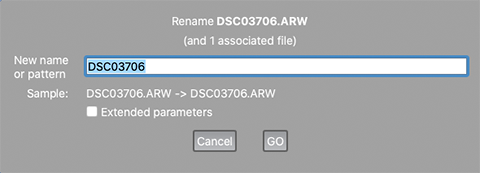
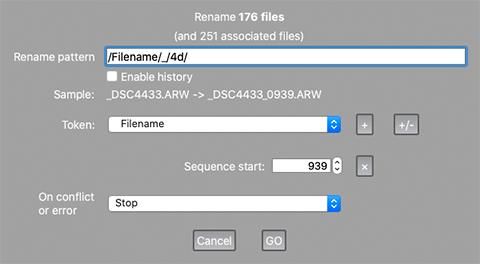
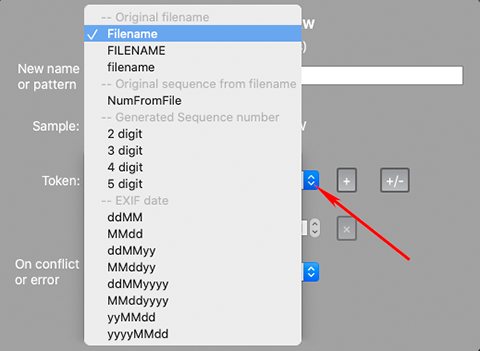
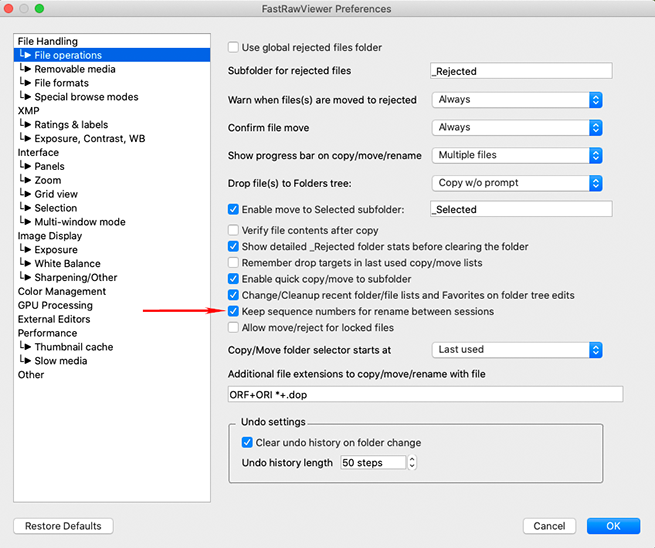
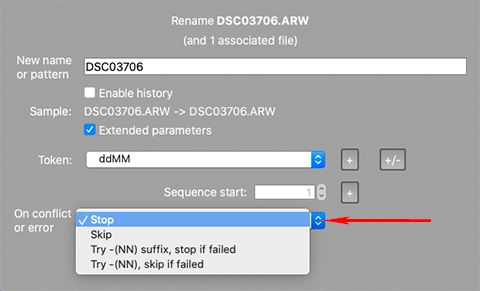
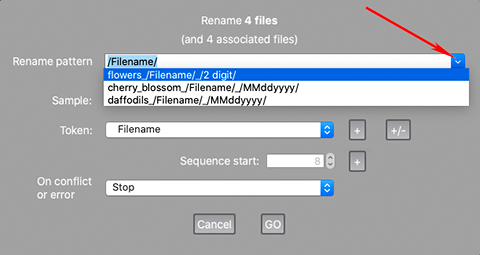
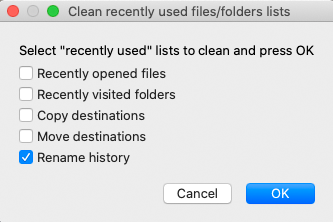
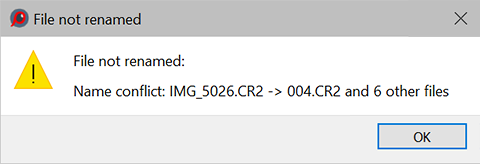
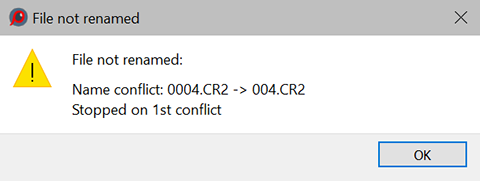
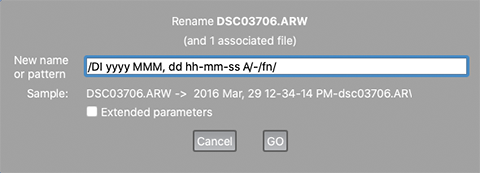
Comments
Ivan D. (not verified)
Fri, 06/04/2021 - 10:47
Permalink
Thank you!
I can see that you are heading to a full DAM and it's a sight to behold!
Thank you for all your hard work, your software is truly outstanding and it shows that it's created by an actual photographer.
Have a great day!
Ken A. (not verified)
Tue, 02/01/2022 - 19:41
Permalink
Seconds/Sub-Seconds/Unique Tokens
Great to see all fothe new program features. For the file renaming feature, have you considered a unique token that operates similarily to the one used by Breeze Systems Downloader Pro? It is a great solution if you shoot bursts of images that might containt the same HHMMSS data in cameras that do not produce sub seconds. Teh feature is designed to look at the data and then, at the user's choice, either give a unique token so no two file names are identical based on the other tokens, or it can default to giving a token to all of the files in a series (e.g. the first one may have 01 added, and then 02 to the second, etc.). The token is nice in that it can be programmed either way - to add onloy when needed or to always add starting with 01 even if there is no 02. This is explained in detail in the Downloader Pro manual on page 67 (Uniqueness Numbers) if you wish to better understand the feature.
Thanks,
--Ken
lexa
Wed, 02/02/2022 - 05:39
Permalink
Dear Ken:
Dear Ken:
FastRawViewer implements 'Sequence number' (2 to 5 digits via drop-down, up do 8 digits with manual token input).
Last used sequence number could be stored between sessions to provide unique numbering on new session.
Details are explained in the application manual: https://updates.fastrawviewer.com/data/FastRawViewer2-Manual-ENG.pdf#pag...
--
Alex Tutubalin/FastRawViewer team
Add new comment